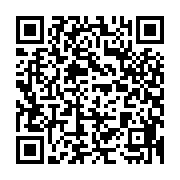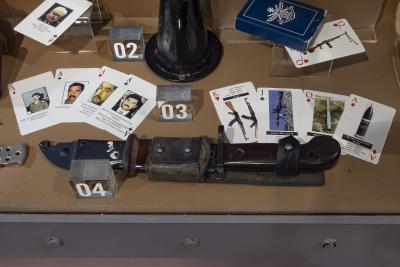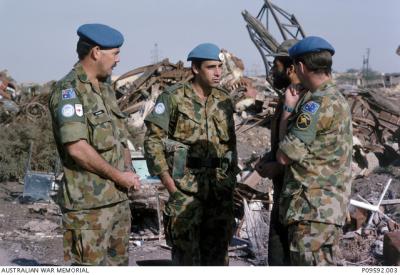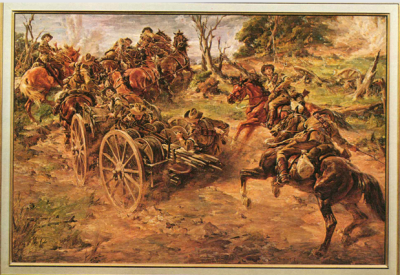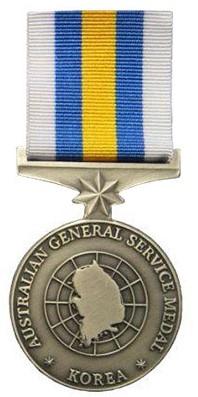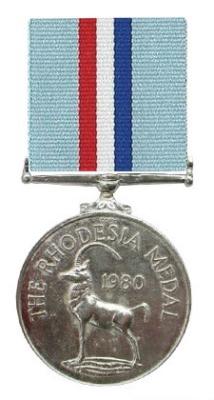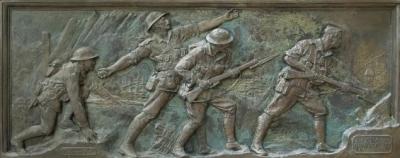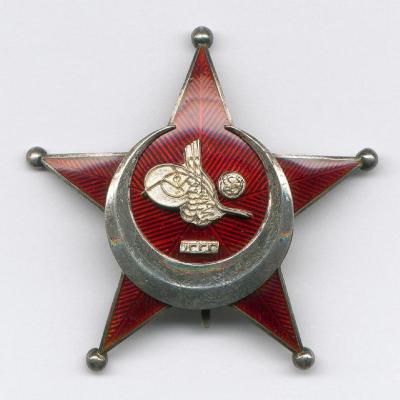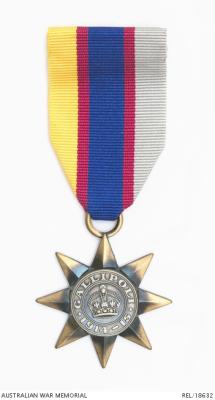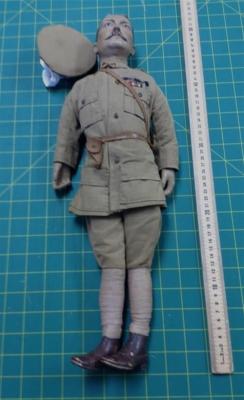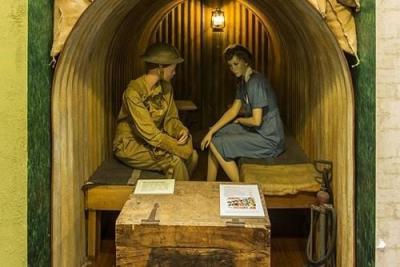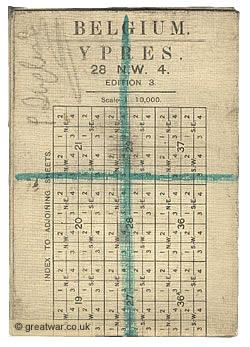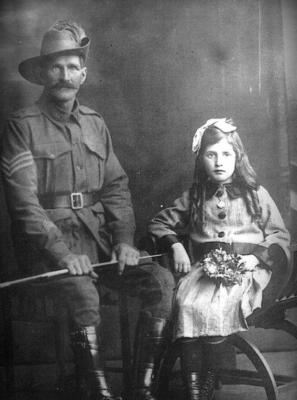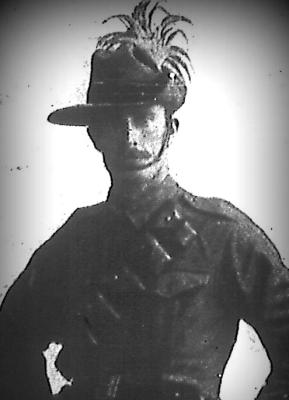The Iraq Medal
The Iraq Medal is awarded to Australian Defence Force personnel who served in or around Iraq (19 March 2003 – 25 November 2013). The medal is circular and struck in nickel-silver.The obverse bears the Commonwealth Coat of Arms. The reverse has a processional lion, which is copied from a relief on the Gateway of the Temple of Ishtar in Babylon. In the Assyrian Empire, the lion was a dominant symbol of power. The lion stands on a narrow plinth, symbolizing balance, with the word ‘IRAQ’ inscribed underneath.The Iraq Medal was instituted in 2004.for members of the Australian Defence Forces who rendered service under Operations Falconer, Catalyst, Riverbank and Kruger.
Operation Falconer was the ADF contribution to the United States-led military operations to remove the threat of Iraqi weapons of mass destruction that commenced on 18 March 2003 and ended on 30 April 2003, with 7 days service in the specified areas comprising the total land areas, territorial waters, inland waterways, and superjacent airspace boundaries of Iraq, Kuwait, Bahrain, Qatar, United Arab Emirates Oman, Saudi Arabia, Jordan Yemen, the Persian Gulf the Strait of Hormuz, the Gulf of Oman, those portions of the Arabian Sea bounded by 68 degrees East and 12 degrees North the Gulf of Aden, the Bab el Mandeb, the Red Sea, the Gulf of Suez and the Gulf of Aqaba; commenced on 1 May 2003 and ended on 22 July 2003, with 30 days service in the specified areas comprising the total land areas, territorial waters, inland waterways, and superjacent airspace boundaries of Iraq, Kuwait, Bahrain, Qatar, United Arab Emirates, Saudi Arabia north of 23 degrees North, the Persian Gulf and the Strait of Hormuz.
Operation Catalyst was the ADF contribution to the United States-led coalition operations in Iraq to support the Australian effort to assist with the rehabilitation of Iraq and remove the threat of weapons of mass destruction that commenced on 16 July 2003 and ended on 31 July 2009, for 30 days service in the specified areas comprising the total land areas, territorial waters, inland waterways, and superjacent airspace boundaries of Iraq Kuwait, Bahrain, Qatar United Arab Emirates, Saudi Arabia north of 23 degrees North, the Persian Gulf and the Strait of Hormuz.
From 21 July 2008 personnel were attached to the United Nations Assistance Mission for Iraq as part of Operation Riverbank. The operation ended on 25 November 2013
From 1 January 2009 personnel were deployed on Operation KRUGER as part of the Security Detachment Iraq which protected the Australianembassy in Baghdad. The operation ended in late July 2011.
Details
Details
The ribbon is sand yellow representing the desert sands of Iraq, with central stripes of purple and red representing the ADF and the conflict in Iraq.
Multiple examples of this medal are retained as an ongoing memorial to the service and sacrifice of Western Australians. All medals are identified, archivally stored and are accessible and viewable with prior notice.
Open in Google Maps
Nearest geotagged records:
Australian Army Museum of Western Australia
Australian Army Museum of Western Australia
More items like this
Other items from Australian Army Museum of Western Australia
- Royal Australian Corps of Signals Memorial Painting - "Signals in Action 1914 - 1918"
- Australian General Service Medal for Korea
- The Rhodesia Medal
- Plaster Cast 2 Division AIF Memorial Panel
- World War 1, Honour Board - United and Ancient Order of Druids, Lodge 379
- Medal - Gallipoli Star - Harp Madalyası (Ottoman Empire)
- Medal - ANZAC Star - Gallipoli Star (Australia)
- Lord Roberts Workshops - Kitchener Doll 1916
- Diorama - World War 2, Anderson Shelter, AWAS and VAD, 1943
- Trench Maps (1:20,000 scale, 1:10,000 scale and larger)
- World War 1, Australia, Western Australia, 431 LEE, 10 Light Horse
- World War 1, Australia, Western Australia, 387 CROWE, 10 Light Horse
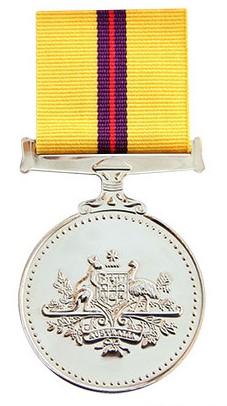
Scan this QR code to open this page on your phone ->
